Understanding the Soft Starter 220v
A soft starter 220v is a pivotal component in modern industrial settings, designed to manage the electrical current that initiates motors. This device plays a crucial role in the gradual increase of power, ensuring a smooth start and preventing the potential harm caused by sudden surges of electricity.
Types and Applications
Soft starters come in various types, each tailored to specific applications. The single-phase soft starter 220v is commonly employed in smaller equipment, while three-phase variants cater to larger, industrial motors. These devices are integral in sectors ranging from manufacturing to HVAC systems, where controlled starting and stopping of motors are essential.
Features and Materials
The construction of a soft starter 220v involves robust materials that can withstand electrical stresses. Key features include adjustable voltage ramps and current limit settings, which enable users to fine-tune the starting and stopping of motors. The incorporation of bypass contacts can also enhance the longevity of the device by reducing heat generation during operation.
Advantages of Using a Soft Starter
Utilizing a soft starter 220v presents multiple advantages. It extends the lifespan of motor equipment by minimizing mechanical stress and electrical spikes. Energy efficiency is another benefit, as it reduces the power demand during start-up, which can lead to cost savings in the long term.
Selection Considerations
When selecting a soft starter 220v, it is important to consider the motor's specifications and the application's requirements. Factors such as the starting torque, load type, and system capacity are critical to ensure compatibility and optimal performance.
Integration with Systems
The integration of a soft starter 220v into an existing system requires understanding its operational context. It should be compatible with the motor control circuitry and have the appropriate ratings for current and voltage for the application it is intended for.
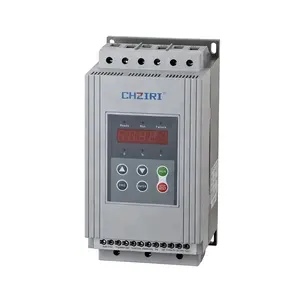






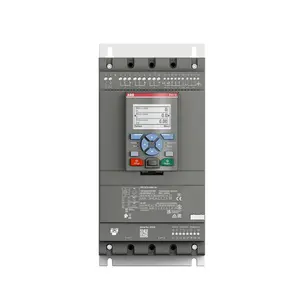


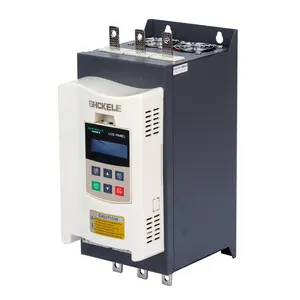








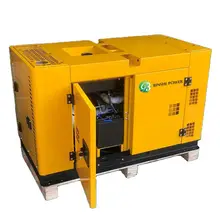



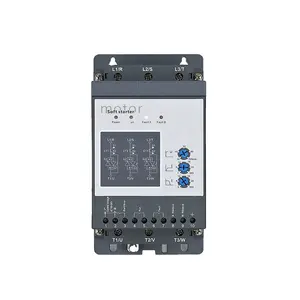




















 浙公网安备 33010002000092号
浙公网安备 33010002000092号 浙B2-20120091-4
浙B2-20120091-4